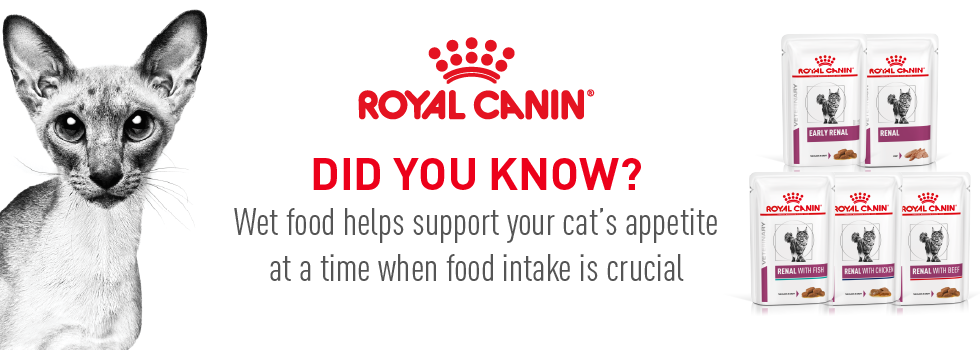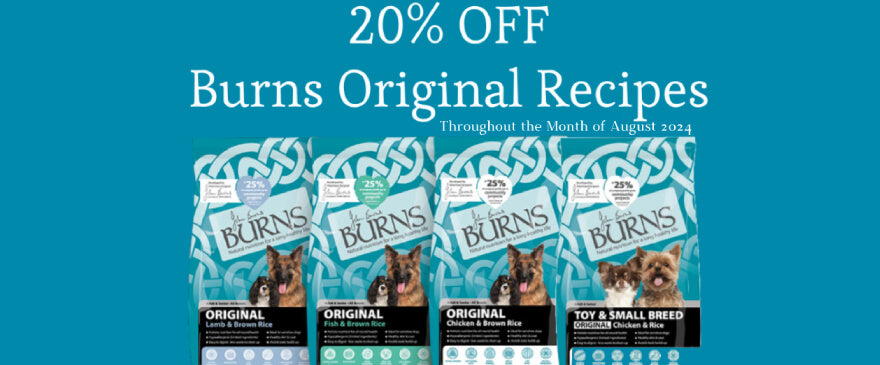FREE SHIPPING OVER £49 T&C'S APPLY
Dog Behaviour: Why do they do that?
March 26, 2018 4 min read 0 Comments

There are two different types of Dog behaviour: positive and negative. It's good to be able to distinguish between the two and notice negative behaviour, in case it is just the surface of a potential underlying issue. Whether negative or positive, we all want to know what our dogs are thinking and analysing their behaviour can help with that! So we compiled your guide to dog behaviour: why do they do that, and is it an issue?
Physical Behaviour

Whilst your dog trying to catch its tail every now and then isn't an issue, obsessive chasing in a circle, or constantly walking in circles can be. Common underlying health issues related to walking in circles are ear infections, however, it is most common in bull terriers. If your dog does seem to be running around in circles or chasing their tail compulsively, consult your vet to find any underlying problems that could be there.

Digging for dogs is perfectly natural and rewarding for dogs. They can dig to try and find something, or just to get out that extra energy and relax! Unfortunately, dogs can also dig inside which can destroy furniture or carpets. If this is the case try and make a designated digging area outside such as a sandbox or a section of the garden in which he can dig, to get all that energy out before he comes inside. If this doesn't help try contacting a professional dog trainer to decrease your dog's habit.
Sleepy Dog? Well yes, sometimes, but yawning can also be a sign of fear or stress. For example, the odd yawn after a long walk is to be expected but if your dog is around a person they've never been around before and they begin to yawn excessively then try not to force interaction. Comfort them and try to calm them down.

There are many reasons in which a dog would tilt its head and mostly it's nothing to worry about. First off, it can be believed that a dog will tilt their head when talking to you because they know we react to it giving them affection and even treats for being cute. It is also believed that they are tilting their head to more clearly hear you or they see your face more clearly to help them to judge you. However, a constant head tilt could be another sign of an ear infection or even Vertigo. It is best to get a constant head tilt seen to by a vet, just to be on the safe side.

Emotions in Dogs

Happy
When a dog is happy, you'll know! It's easy to spot a happy dog, firstly their tails will wag furiously, they're eyes have that gentle focused looked, their body is more relaxed than usual, and they will usually stick their tongue out panting, they may look like their smiling, but dogs cant smile, their mouths are just really relaxed!
Nervous
Scared
Frustrated
Calm
Angry
An angry dog is one to be cautious of, especially whilst what they're angry at is still around. They try to make themselves look much bigger than they are, their body will be stiff, bared teeth, and lunged as if ready to attack and will be quite silent only with a low growl. If your dog is in this mood, give them some time and space to calm down and don't make any sudden movements that they may perceive as a threat. Remove anything that could be causing your dog anger and try to remain calm and unthreatening.
Also in PetnPony Blog

Chronic Kidney Disease in Cats - Royal Canin
February 24, 2025 3 min read 0 Comments
Cats - like dogs and humans - have two kidneys situated in the abdomen close to the spine and last rib. They are vital organs, continually filtering toxins and waste materials from the blood and producing urine to enable those toxins to be excreted from the body.

Fuel Their Joy, Feed Them Natural: Discover Premium Dog Foods at PetnPony
August 08, 2024 4 min read 0 Comments

20% Off Burns Original Recipes at PetnPony this August! Natural, Hypoallergenic, and Delicious!
August 05, 2024 3 min read 0 Comments


